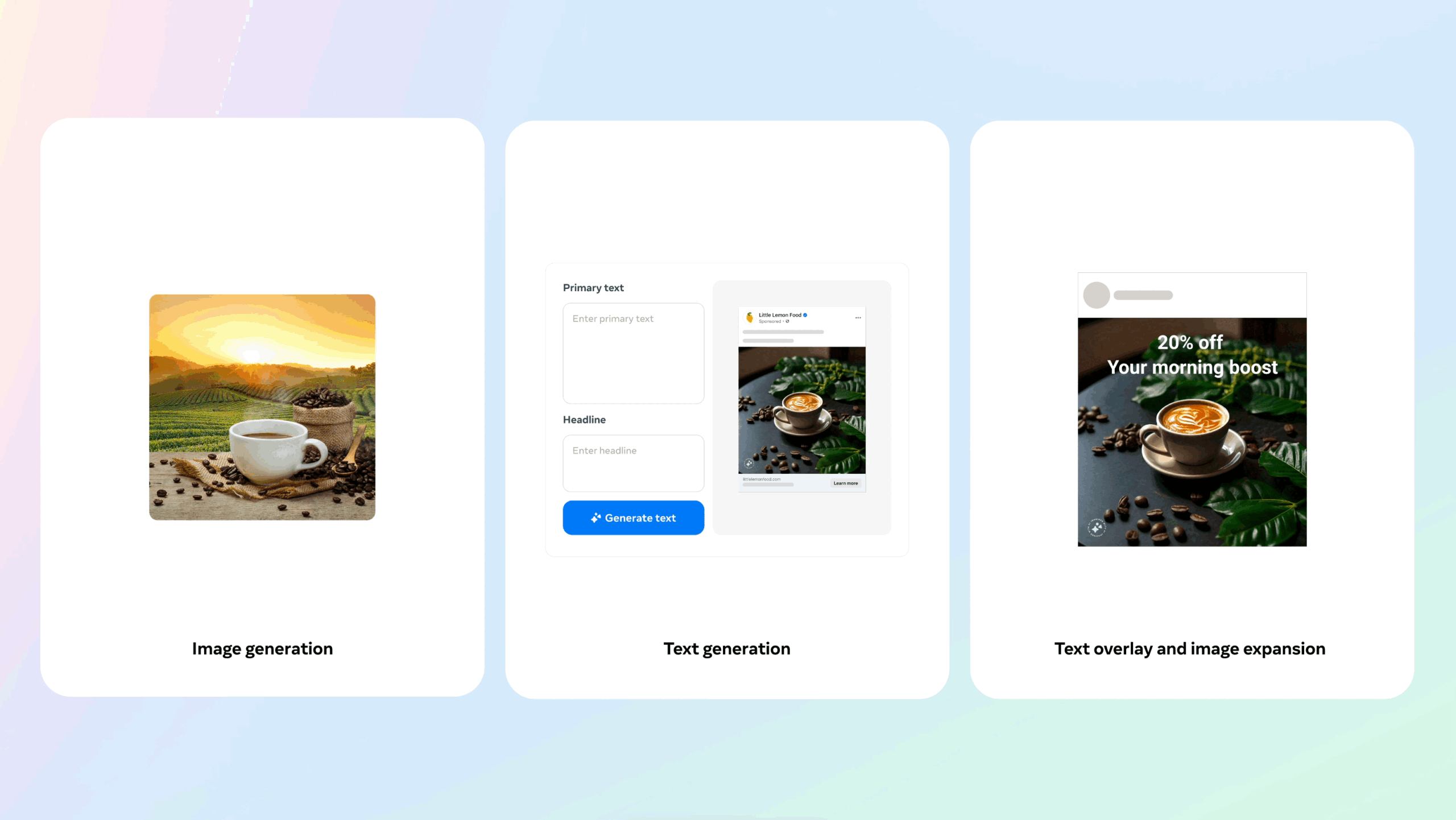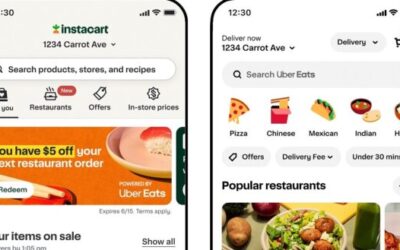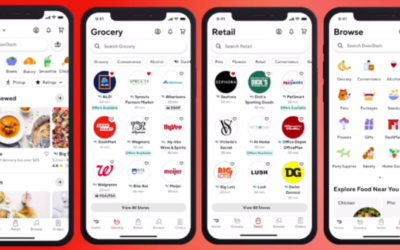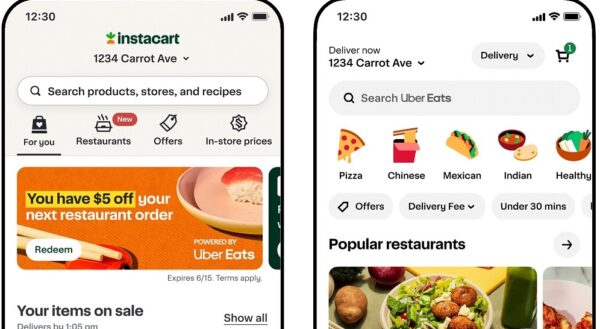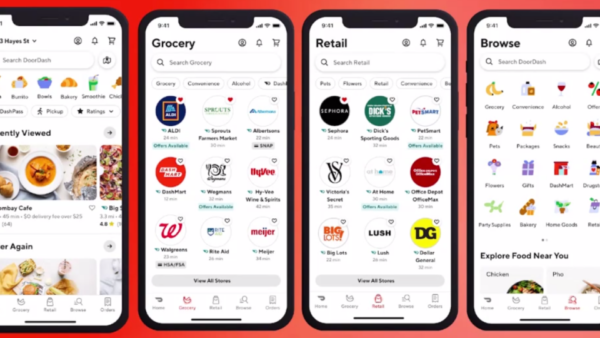Causation or Coincidence? The Need for Incrementality Measurement in Retail Media


Retail media has been all the rage for the last couple of years, and for good reason. For retailers accustomed to a 10% margin, the 80% to 90% margins of a retail media network are extremely appealing. For the buy side, as privacy regulations and browser changes have come down on the traditional mechanisms for attaching audience data to media, retail media represents a saving grace. When you kill cookies and mobile advertising identifiers (MAID), marketers must return to the ultimate data source — first-party — and few places have stronger purchase intent data at scale than retailers.
Last-Touch Moves Dollars in the Direction of Coincidence
One of the other initially appealing aspects of retail media was closed-loop measurement. With both media and sales taking place within the same system, closing the loop between them would be much easier, especially in the shifting privacy landscape.
While having access to both media and sales data for individuals is doubtlessly an important ingredient to good measurement, the recipe being used today leaves a lot to be desired. Siloed last-touch attribution has become the default measurement with retail media, and return on advertising spend (ROAS) as the default measure of efficiency.
Limited tracking and interoperability across other retailers and media platforms means that only media delivered by the retailer is included in attribution. At the same time, the attribution mechanism is overwhelmingly last-touch.
For those who have been through the initial boom cycles of search, social and programmatic, this isn’t anything too surprising.
The most glaring issue with this setup is that it doesn’t run the risk of mistaking coincidence for causation. For someone who was exposed to advertising, purchasing does not mean the advertising caused their purchase. The advertising exposure could be coincidental; they were already going to purchase and just happened to be exposed, or an outside factor drove them to purchase beyond that single advertising exposure.
We saw this mistaking of coincidence for causation run rampant in the earlier years of programmatic, with retargeting behavioral intent-based audiences driving 100+ impressions against people that already clicked out of a brand’s website to buy the product.
This conflating of coincidence and causation is even more dangerous when algorithmic bidding or optimization is attached to this type of measurement. It can unintentionally steer dollars toward users who already have high purchase intent and don’t need advertising to push them across the line. Through the lens of last-touch attribution, this often looks like the easiest and cheapest way to touch users before they convert.
Without a notion of incrementality, or ‘Did this advertising drive a sale that would otherwise not happen?’ embedded in your measurement, your optimization is, at best, ineffective and, at worst, actually counterproductive.
Measurement Requires a Unique Approach in Retail Media
That challenge with retail media is part of our existing measurement toolkit struggles. Historically, there have been three types of tools to measure media:
- More nuanced versions of direct attribution, like multi-touch attribution (MTA)
- Econometrics or those techniques that underpin marketing mix modeling (MMM)
- Experiments, either designed or synthetic
Any of these approaches can be an effective tool for measurement when validated and demonstrating predictive accuracy, although each has its own general strengths and weaknesses, as many others have pointed out.
Yet in retail media these tried and true tools hit some serious roadblocks.
MTA is almost a non-starter in retail media due to the data requirements. It would require granular customer-level data to be shared between multiple competing retailers…I wish.
MMM is perhaps still the best tool we as marketers have for strategic resource planning, but due to the massive data requirements it’s often a struggle to provide granular and frequent reporting at a campaign level. A single brand often has hundreds of retail media campaigns active at any given time and are juggling promotions and inventory levels — all in near real time. While an overall understanding of a retail media network’s performance may be possible through MMM, the limited granularity and the lag in reporting leave the people trying to plan and buy the retail media flying blind on the incrementality of a given campaign.
Experiments still remain a strong causal framework for measuring or validating the relationship between advertising and consumer behavior. The most popular approaches of randomized control tests (RCTs) or geo-testing are widely used across other forms of media. Unfortunately, most of the retail media buying tools today don’t have the ability to design and launch them.
Onsite search is a great example of this: you can’t choose not to expose a group of consumers to a search ad. While these forms of tests provide amazing point-in-time accuracy, they are inherently a static form of measurement. This makes it difficult to generalize across the extremely dynamic world of retail media, where pricing changes every 10 minutes and advertising that works for one SKU doesn’t for another.
All these factors change the elasticity of consumer behavior to advertising, requiring a more dynamic approach to inform decision-making. This is not to say experiments shouldn’t be used, but they certainly need to be incorporated into a more dynamic system that can account for these factors.
How to Step Up your Retail Media Measurement
Due to these limitations, there is a huge opportunity for brands to develop a competitive advantage by stepping up their retail media measurement game. A few factors to keep in mind when evaluating a retail media measurement plan include:
- Explore a multi-methodology approach: Each will have strengths and weaknesses, so consider using multiple approaches to triangulate the truth. Strong signal agreement from multiple sources builds redundancy in measurement.
- Look at the incentive structure of the measurement partner: Do they also have a media business? Are they measuring media that they are also selling?
- Has the measurement been built with retail media in mind? Does it factor in the impact of promotion, subscribe and save, inventory levels, holidays like Prime Day or buy box loss?
- Not only should the methodology be robust but the measurement should be managerially useful: Does it deliver insights at the speed, granularity and frequency that you need to make those insights actionable?
Injecting more robust measurements in retail media can help drive growth across the ecosystem. It will help the advertising dollars being deployed drive more incremental growth not just for manufacturers but for the retailers, which lifts all boats.
David Pollet is the CEO at Incremental. A skilled go-to-market growth leader with experience scaling SaaS startups and public company divisions ranging from $5M-$100M+ in ARR, Pollet has 25 years of experience in sales, marketing and strategic leadership roles. In his role as CEO, Pollet is responsible for accelerating the company’s growth and transforming GTM operations as Incremental establishes its leadership in the ecommerce category. Prior to joining Incremental, he was most recently CRO at convergent TV platform Cross Screen Media, and has held leadership roles at companies including Drawbridge, Neustar, Bank of America, and LendingTree.


